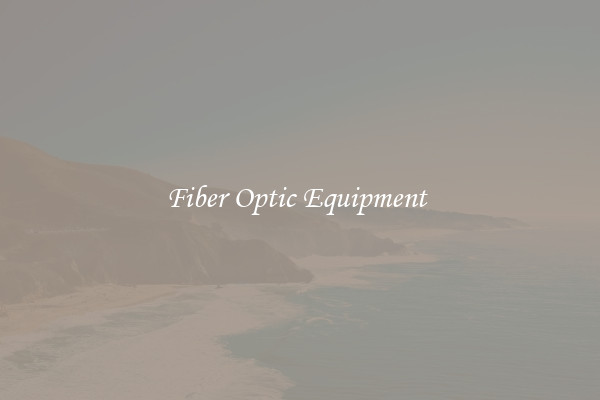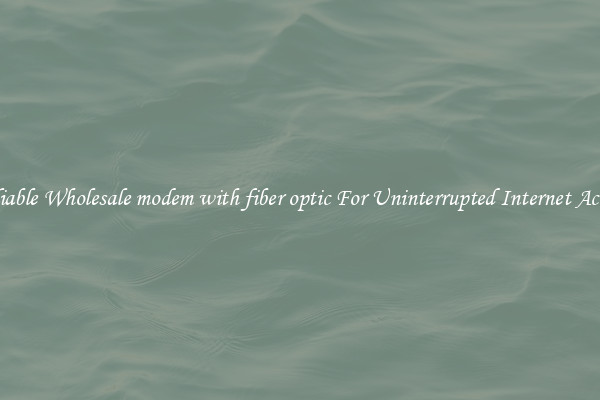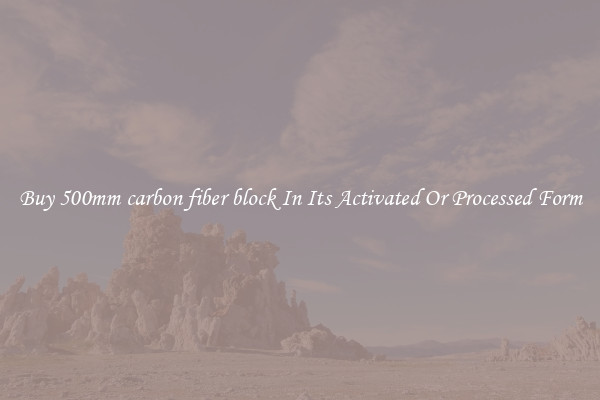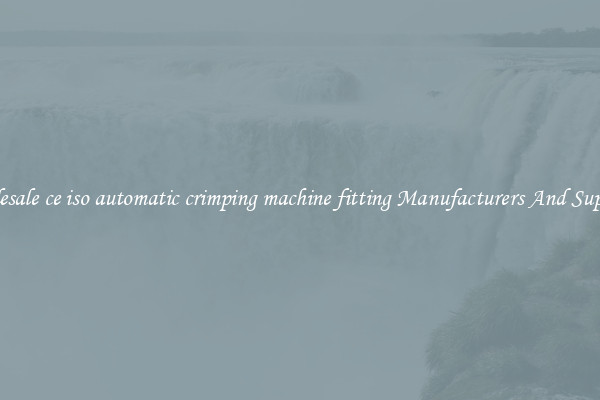Fiber Optic Equipment
Fiber Optic Equipment: Revolutionizing Information Transmission

In the world of modern technology, the ability to transmit data quickly and efficiently has become crucial. This is where fiber optic equipment comes into play. Fiber optic technology has revolutionized the way information is transmitted, offering high-speed data transfer rates and superior performance compared to traditional copper-based systems. Let's take a closer look at fiber optic equipment and its importance in today's digital age.
Fiber optic equipment consists of various components, each playing a crucial role in the transmission process. The most essential component is the fiber optic cable, which is made up of numerous thin strands of glass or plastic, each capable of transmitting data in the form of light pulses. These cables are incredibly thin and lightweight, allowing for easy installation in various environments, such as underground or aerial applications.
One of the key benefits of fiber optic equipment is its ability to transmit data over long distances without any loss in signal quality. Unlike copper-based systems, fiber optic cables can transmit data over several kilometers without experiencing signal degradation. This makes fiber optic technology ideal for telecommunications networks, where large amounts of data need to be transmitted over long distances.
Additionally, fiber optic equipment offers unmatched data transfer speeds. Traditional copper-based systems are limited by the resistance of the metal, causing signal degradation and slower data rates. In contrast, fiber optic cables can transmit data at speeds of up to 10 gigabits per second or more, allowing for near-instantaneous transfer of large files and high-definition video streams. This high bandwidth capacity makes fiber optic technology ideal for applications such as video conferencing, cloud computing, and online gaming.
Furthermore, fiber optic equipment is highly resistant to interference and electromagnetic radiation, providing a more reliable and secure transmission medium compared to copper-based systems. Copper cables are susceptible to interference from electrical currents, radio waves, and nearby electronic devices, leading to data loss and signal disruptions. In contrast, fiber optic cables are immune to these types of interferences, ensuring that data remains intact and secure during transmission.
The deployment of fiber optic equipment has had a significant impact on various industries, including telecommunications, healthcare, finance, and manufacturing, to name a few. It has facilitated the global expansion of the internet and the proliferation of digital services, connecting people and organizations across the globe.
In conclusion, fiber optic equipment has revolutionized the way information is transmitted in today's digital age. With its high-speed data transfer rates, long-distance capabilities, and immunity to interference, fiber optic technology has become the backbone of telecommunications networks and other industries. As technology continues to advance, fiber optic equipment will play an increasingly important role in enabling faster, more reliable, and secure transmission of data, ultimately driving innovation and progress.

View details

View details

View details

View details








